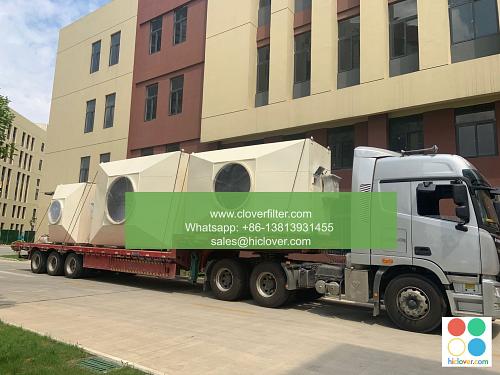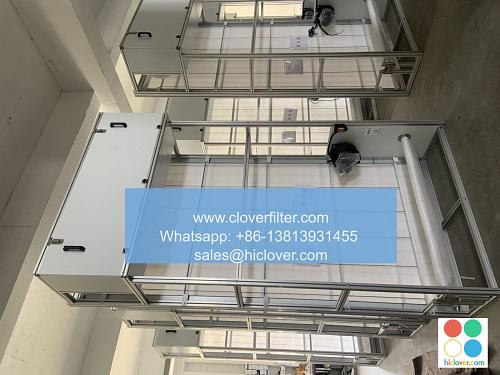Air Filter 101: A Step-by-Step Guide to Choosing the Right Filter

Choosing the right air filter can be a daunting task, especially with the numerous options available in the market. However, understanding the basics of air filtration and the various types of filters can make the process easier. In this article, we will provide a comprehensive guide on indoor air quality improvement, air purification systems, and air filter selection.
Understanding Air Filtration
Air filtration is the process of removing airborne pollutants, such as dust, pollen, and other particles, from the air. There are several types of air filters, including HEPA filters, activated carbon filters, and electrostatic filters. Each type of filter has its unique characteristics and applications. For instance, HEPA filters are commonly used in indoor air quality improvement applications, such as in homes, hospitals, and laboratories, due to their high efficiency in removing particles as small as 0.3 microns.
Types of Air Filters
There are several types of air filters available, each designed for specific applications. Some of the most common types of air filters include:
- HEPA filters: High Efficiency Particulate Air filters, which are designed to remove 99.97% of particles as small as 0.3 microns.
- Activated carbon filters: Designed to remove gases, odors, and chemicals from the air.
- Electrostatic filters: Use electrostatic charges to attract and trap particles.
- Pre-filters: Designed to capture larger particles, such as dust and hair, and protect the main filter from clogging.
- Indoor air quality improvement: Air filters can help remove airborne pollutants, such as pollen, dust, and pet dander, from the air, creating a healthier indoor environment.
- Industrial applications: Air filters are used in various industries, such as manufacturing, pharmaceuticals, and food processing, to remove airborne pollutants and contaminants.
- Automotive applications: Air filters are used in vehicles to remove airborne pollutants and improve engine performance.
- Medical applications: Air filters are used in hospitals and healthcare facilities to remove airborne pathogens and improve patient health.
- Determine your needs: Identify the type of application and the level of filtration required.
- Consider the filter type: Choose from HEPA filters, activated carbon filters, electrostatic filters, or pre-filters based on your needs.
- Check the MERV rating: The Minimum Efficiency Reporting Value (MERV) rating indicates the filter’s efficiency in removing airborne particles.
- Consider the filter size: Choose a filter that fits your specific application and equipment.
- Check the maintenance requirements: Some filters require regular cleaning or replacement, while others are disposable.
Application Areas
Air filters have a wide range of applications, including:
Step-by-Step Guide to Choosing the Right Filter
Choosing the right air filter can be a daunting task, but by following these steps, you can make an informed decision:
Conclusion
Choosing the right air filter is crucial for indoor air quality improvement, air purification systems, and various application areas. By understanding the basics of air filtration, the types of air filters, and the application areas, you can make an informed decision when selecting an air filter. Remember to follow the step-by-step guide to choosing the right filter, and consider factors such as HEPA filters, activated carbon filters, electrostatic filters, and pre-filters to ensure you get the best filter for your needs. You haven’t provided a question or topic for me to address. Please provide more context or specify what you would like to discuss, and I’ll do my best to assist you. What’s on your mind?


